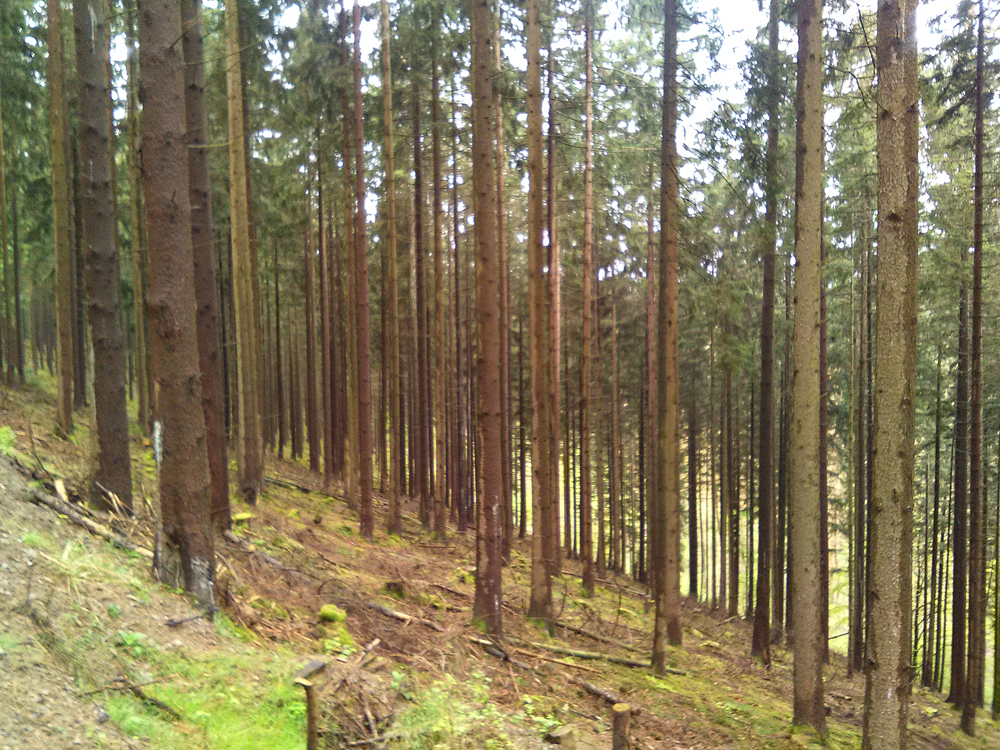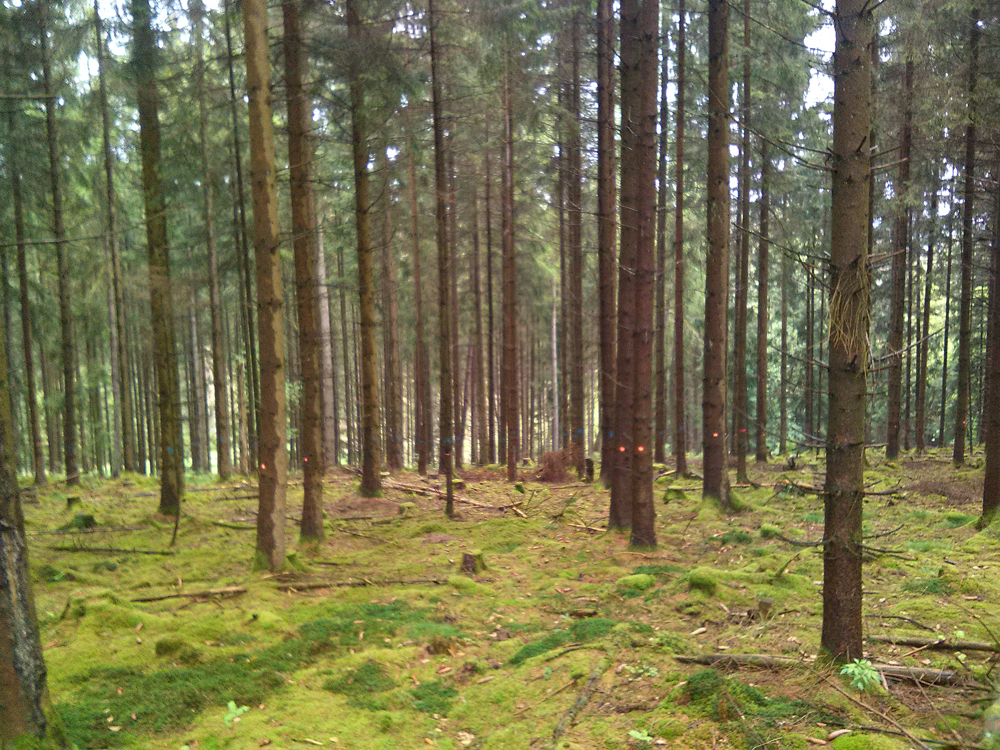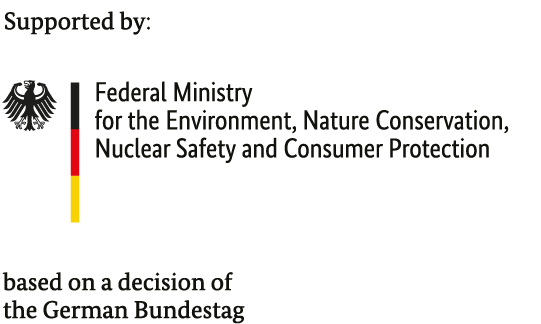Construction timber in times of climate change: Fraunhofer WKI investigates softwood quality from differing silvicultural systems
Within an interdisciplinary project in collaboration with partners, researchers from the Fraunhofer WKI have investigated the quality of softwood from differing silvicultural systems. The aim of the project was to improve the supply situation for the construction industry in view of climate change. From the results, recommendations for new plantations can be derived in order to specifically optimize wood quality and wood yield. Researchers at the Fraunhofer WKI addressed the visual sorting of softwood and determined that application-oriented sorting based on product requirements – and, consequently, more efficient use of wood resources – is possible in dependence on silvicultural parameters. A re-evaluation of various visual criteria can be advantageous.


Climate change is progressing swiftly and is causing severe damage to forests, particularly in the case of softwood. With this in mind, it is important to know what qualities the construction industry can expect from softwood in the future, as wood is a crucial raw material in environmentally friendly construction.
In collaboration with the HAWK Göttingen and the University of Göttingen, researchers at the Fraunhofer WKI examined wood from spruce and Douglas fir trees of different ages with regard to the usage-relevant parameters. The wood originated from differing silvicultural treatment systems:
- Low thinning, in which an entire stand is grown in a tightly planted manner and strives upwards with a smaller diameter
- Crown thinning, which relies on single-trunk development by creating space around vigorously growing trees
In addition, the project team wanted to demonstrate ways in which the proportion of low-grade sawn timber can be reduced through new silvicultural systems. The focus was directed towards the subsequent utilization of the wood and an optimized sorting of sawn softwood. The stand structures of the forests were recorded by the researchers from the HAWK Göttingen using a mobile scanner in order to identify the typical characteristics of the treatment systems. Vegetation surveys carried out by scientists from the University of Göttingen provided information on the biodiversity of the stands and rounded off the silvicultural overview.
The researchers from the HAWK Göttingen – Professor Bettina Kietz, Jan Müller and Dr. Kirsten Höwler – determined that under the current climate conditions, Douglas fir is a particularly interesting tree species in terms of silviculture. It currently exhibits greater resistance than spruce, but takes longer to achieve previous growth rates following climate-related stress. The Douglas fir shows an optimal yield, due to the fact that as a result of its higher wood density, a large proportion of the tree mass is of sufficient quality for material production. The researchers were unable to find this quality in spruce. The question as to whether Douglas fir will be able to fulfill the future requirements of conceivable climate scenarios remains, however, open.
Professor Dominik Seidel, Project Manager at the University of Göttingen, came to the conclusion that the most positive effects on biodiversity in coniferous stands can be expected in the case of near-natural management. The recommendation is therefore clearly oriented towards near-natural (single-trunk) management based on the principle of moderate crown-thinning in order to ensure sufficient wood densities.
“At the Fraunhofer WKI, we have been addressing the optimization of the visual sorting of softwood. We have applied relevant standards and have tested whether the parameters of the visual assessment should be re-evaluated. Extensive growth-ring analyses and density determinations allow conclusions to be drawn regarding the subsequently examined qualities of important products in the wood-processing industry and their strength properties,” explained Dr. Dirk Berthold, Head of Department at the Fraunhofer WKI. Application-oriented sorting, which is oriented on the wood quality required for the subsequent product, could therefore lead to an increase in yield.
With regard to silvicultural parameters, longer rotation intervals – i.e. a longer period between stand establishment and timber harvest – lead to significantly better visual and mechanical qualities. This is reflected in the achieved strength classes of the sawn timber and the veneers. The location and the climatic conditions are highly relevant for the growth rates. “In tree species with low wood density, such as spruce, the load-bearing capacity can be demonstrably impaired. In silviculture, it is therefore important to ensure that the volume growth is adapted to the location in order to control the bulk density,” explained Tobias Krenn, Research Associate at the Fraunhofer WKI.
Last modified:
 Fraunhofer Institute for Wood Research
Fraunhofer Institute for Wood Research 

